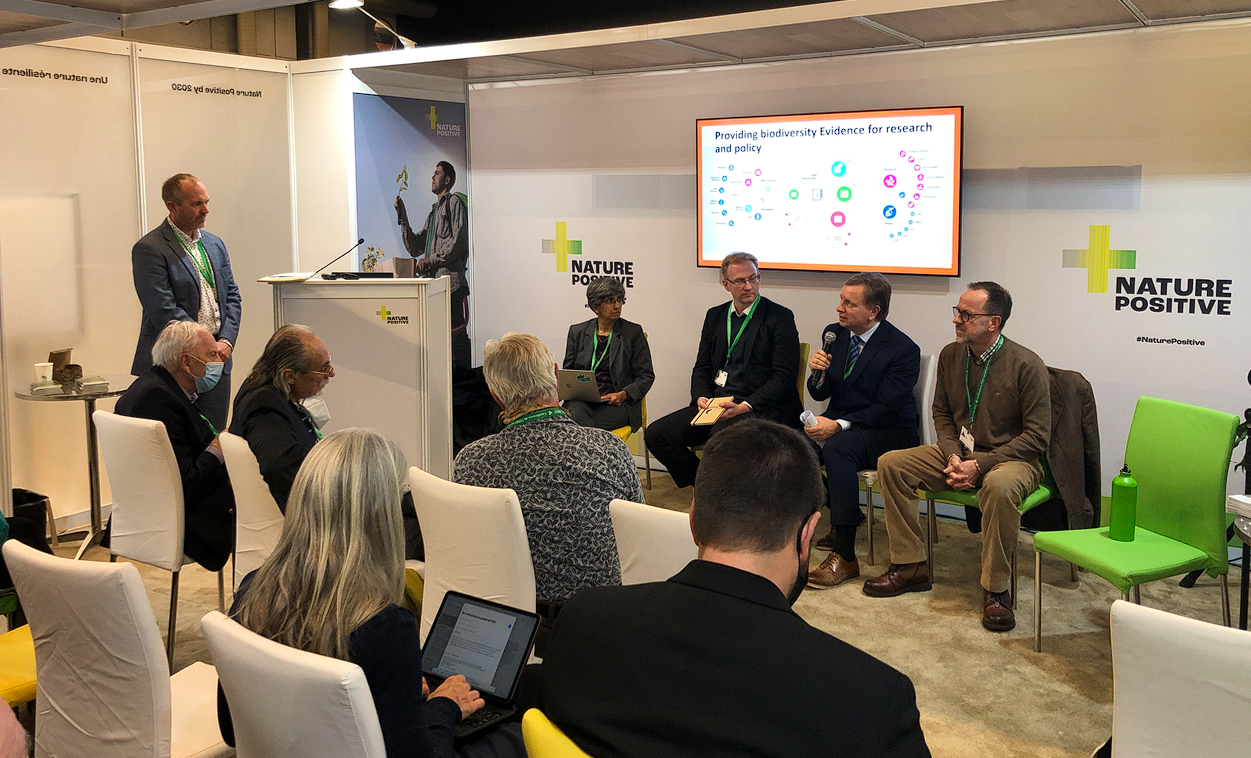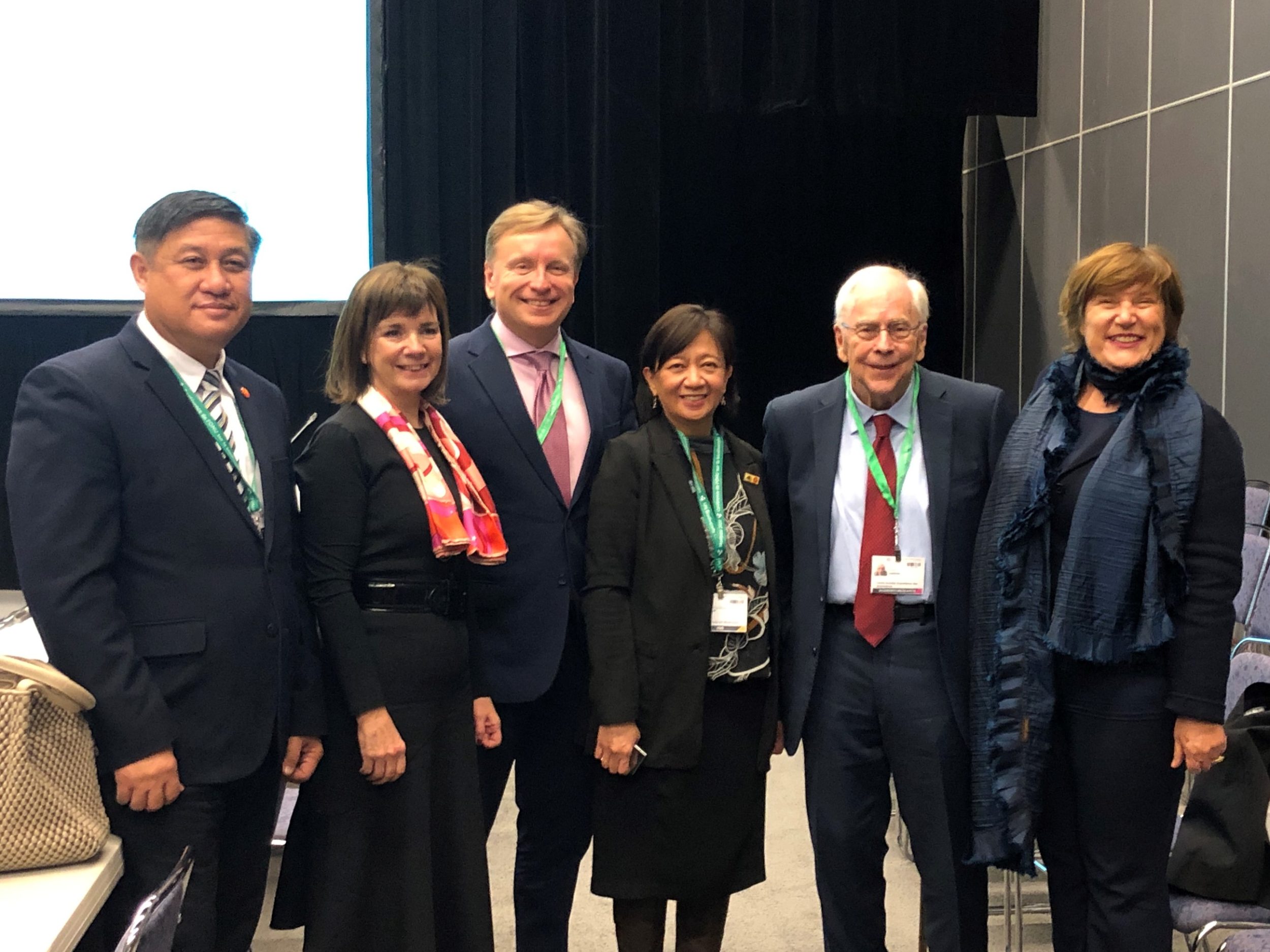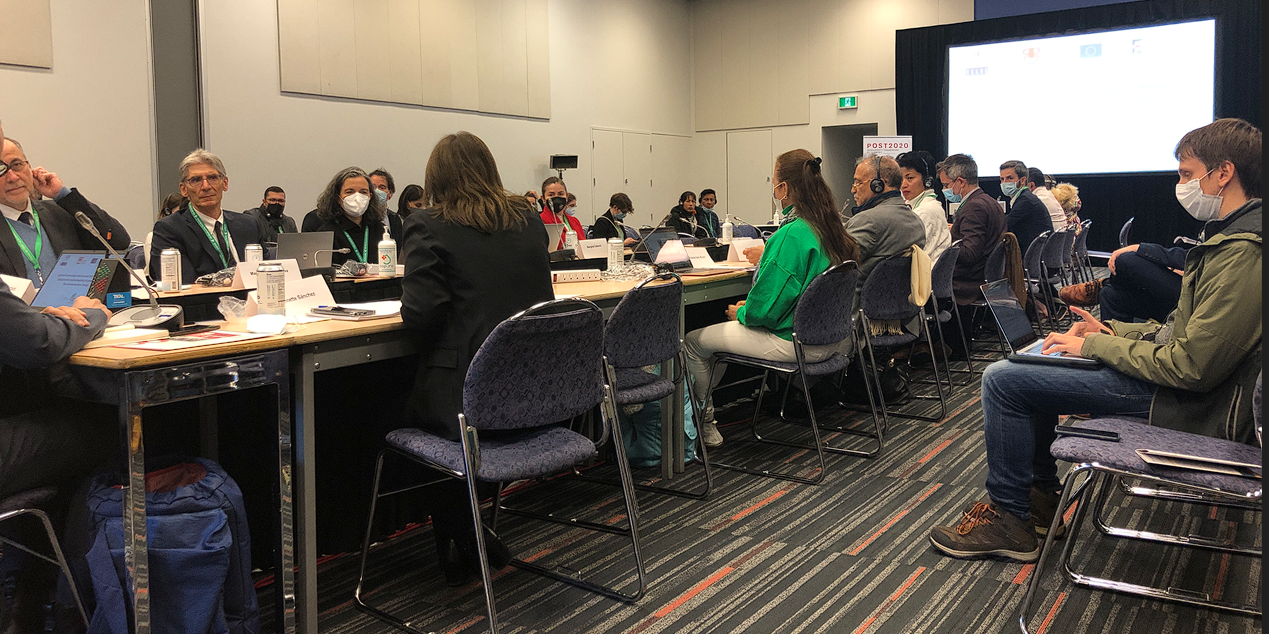Highlights from COP15 by Michael Meyer, LT&C Co-Chair
The 196 member states of the Convention on Biological Diversity (CBD) – all countries except the Vatican and the US – have adopted the ambitious goal to protect 30% of the planet’s land and water by 2030 at the 15th Conference of the Parties in Montréal, Canada.
LT&C has supported this goal since the CBD began its negotiations four years ago, and we are proud to have contributed to this success through various lobbying activities and meetings with governments, tourism industry representatives, and other stakeholders before and during COP15.
However, we must understand the adoption of this goal is just the starting point for all of us to accelerate our support to make the protection of important habitats real in 2030.
LT&C is now a partner of the Nature Positive Alliance, led by the World Travel and Tourism Council (WTTC) and the World Tourism Organisation (UNWTO), which presented a strong message to the Parties at COP15 to commit the tourism sector to become sustainable and to fully contribute to the Global Biodiversity Framework.
Nature Positive Travel & Tourism Side Event
At the Nature Positive Travel & Tourism side event, which I took part in on the 13th of December, panelists: Daniel Turner, Animondial, Madhu Rao, Wildlife Conservation Society, Mike Morris, NatureMetrics, Glenn Mandziuk, Sustainable Hospitality Alliance, and I had a strong message – Conservation and tourism will pave the way to mainstreaming sustainability in the sector for the benefit of nature and people.
We noted the newly launched Nature Positive Alliance will intensify the positive change in the tourism industry to effectively contribute to nature conservation.
A highlight of the event was the response by Ben Sherman, Chair of the World Indigenous Tourism Alliance, welcoming the alliance to integrate the needs of Indigenous Peoples in the sustainable tourism management of their territories.

Business and Biodiversity Forum
Panelists at the Business and Biodiversity Forum presented their views on how to mainstream sustainability, especially biodiversity protection in the tourism sector.
Tourism is perceived as one of the most important sectors, which can directly contribute to nature protection, and this should be acknowledged by COP15 in its decisions.
Questions from participants were raised on how to go from COP15 to positively influence the entire tourism sector, which is a challenge for upcoming years.

UNESCO Biosphere Reserves
At the gathering of the UNESCO Biosphere Reserves, I met with its representatives and supporters.
Canadian biosphere reserves attended the meeting, some managed by native local communities. It was impressive to understand how they manage their lands and how we can learn more about their sustainable practices.
Representatives from the French and Canadian ministries of the environment, as well as the CBD Secretariat, were present and emphasized the importance of the concept of the “Man and the Biosphere Programme” and how it integrates science, sustainable development, and the inclusion of local populations.

Global Youth Biodiversity Network
At my meeting with representatives of the Global Youth Biodiversity Network (GYBN), we discussed their #StopTheSame initiative, which is, in short, that we shouldn’t reinvent the wheel all the time and stop promising what we cannot keep.
GYBN commented: “We are at an existential crossroads, facing every day the consequences of a global socio-ecological crisis, deeply rooted in societal values and economic and political priorities that are driving biodiversity and climate collapse.”
It would be interesting to discuss within the LT&C network how to be innovative, and how to mainstream our efforts and stop doing the same.
ECLAC Side Event
At the side event organized by the UN Economic Commission for Latin America and the Caribbean (ECLAC), interesting insights were shared from countries and stakeholders on how to mainstream biodiversity into productive, economic, and financial sectors.
One insight showcased was the efforts of local fisheries, and how to combine fisheries with tourism product development for alternative income generation in and around coastal and marine protected areas.
The event highlighted that there are still challenges in the involvement of IPLCs (Indigenous Peoples and Local Communities) and the topic of governance.
Both challenges are important issues to follow up on within the LT&C Examples.




